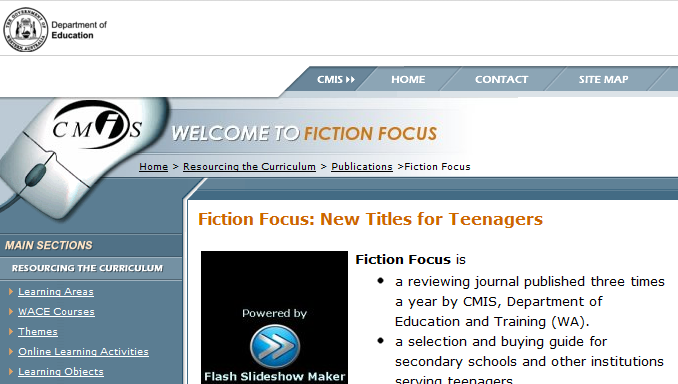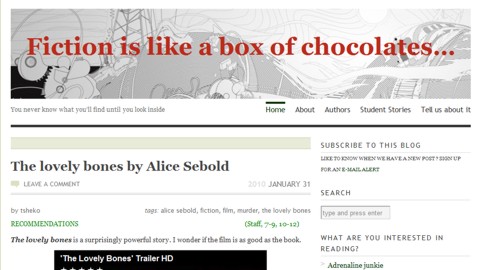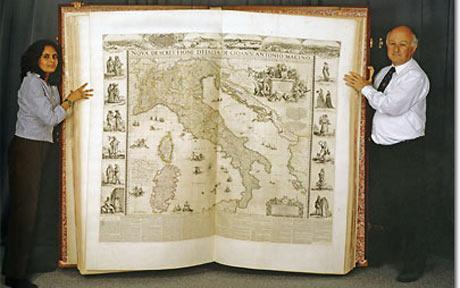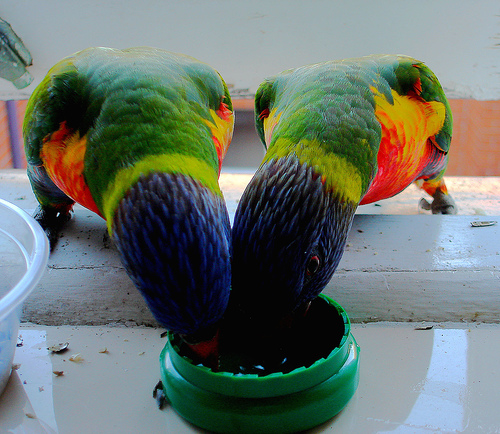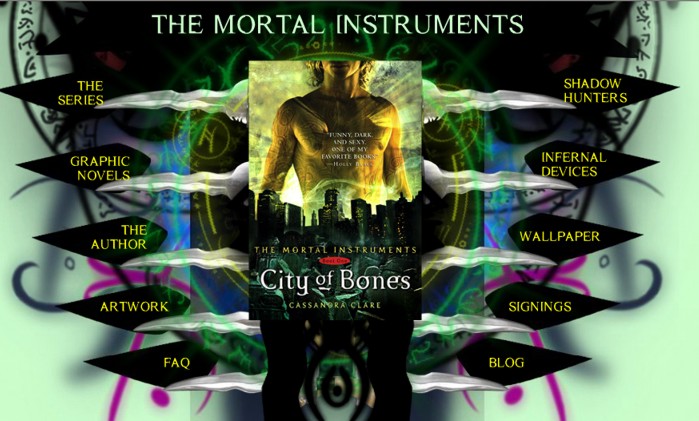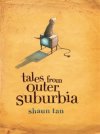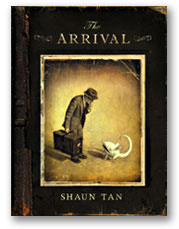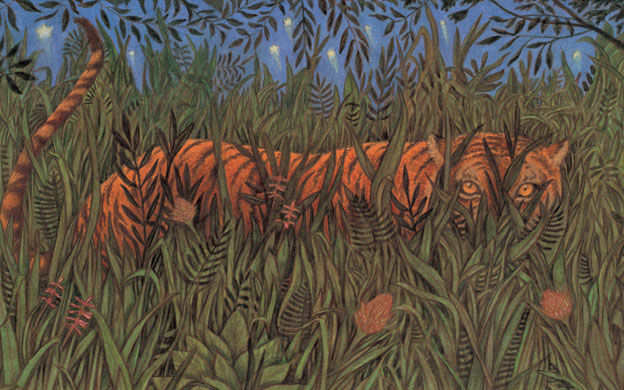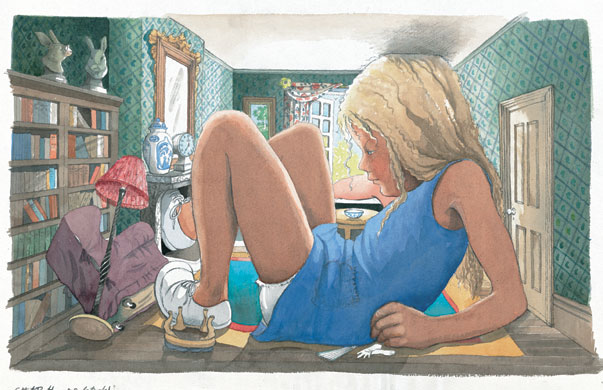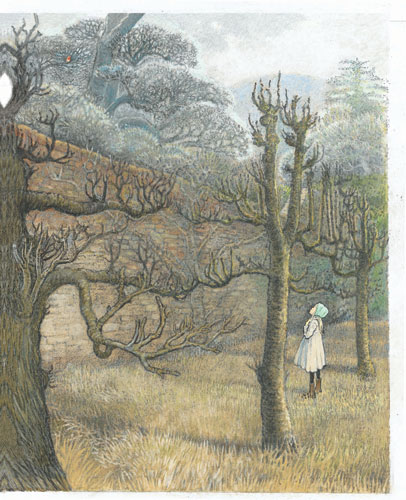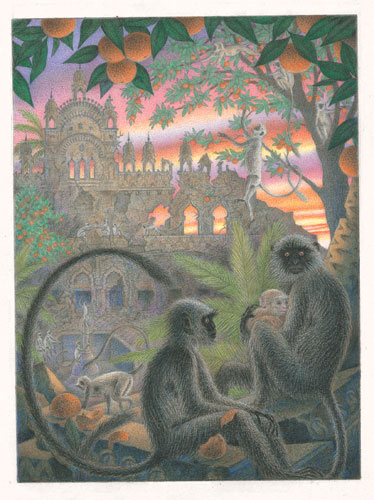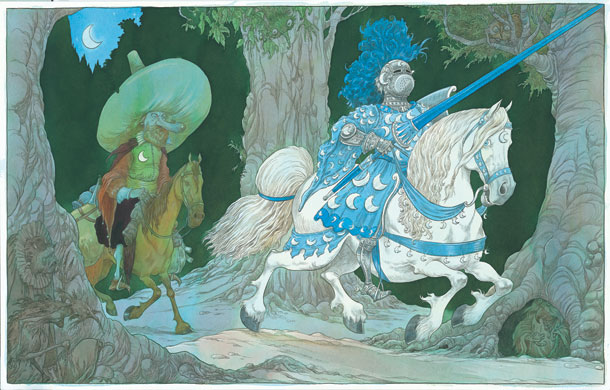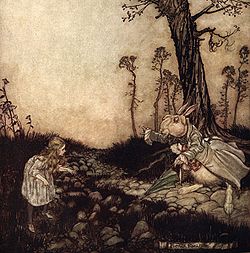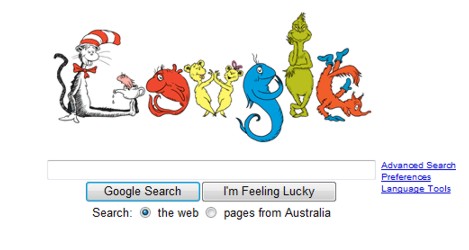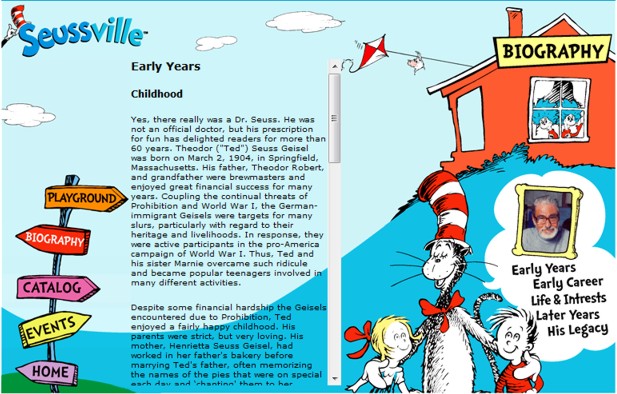I visited The Known World Bookshop recently when staying with my dear friends, Tanya and Allan Adair. The experience was so magical that I immediately wanted to invite everyone I know to visit. Because he is a generous soul and because he lives and breathes the stuff of books, Allan ‘minds’ the shop every second Saturday. Who better to capture the bookshop’s essence with words than a man whose storytelling muse resides even in his everyday speech.
(I’m afraid my phone photos hardly do justice to this magnificent World. I would urge you to drive to Ballarat and visit as soon as possible.)
The Known World Book Shop (Michelle Coxall, proprietor) – post by Allan Adair
Born in Buninyong in 2001, this delightful shop now lives at the Melbourne end of Sturt Street, Ballarat’s main thoroughfare. Fittingly, its 1880’s building stands not far from where the Yarrowee Creek was once plundered for its gold, and mediates Camp St and Bakery Hill – sites from which the opposing forces of police and miner were to march and meet in blood at Eureka.
Such history still resonates in the shop’s amazingly eclectic collection of books and artefacts; to enter the shop (treading upon original wood flooring which is maintained using the original polish recipe!) is to walk into the past, a past which venerates books and all things in print.
Because here is Print’s Plenty: books on history and militaria, on the arts and artisan crafts, on maths, music and maps, books rare and books popular, books classical and contemporary, books to entertain, inform, fascinate. Discuss The Sewerage Question with author Krepp (almost!), learn The Art of Stalking from the Girl Guides’ Association, shudder at A Children’s Book of True Crime, or relish a first edition of Catcher in the Rye: they’re all there, and much, much more.
There’s coffee and time to browse; there’s a marvelous Children’s section (whole room actually) where Harry Potters lie beside The Girls Own Annual and the uncensored Noddys of Enid Blyton; and there is, most memorable of all perhaps, the remarkable and restorative stillness which fills its space. Old cameras stare upon the hush of leadlight lamps in shadowy corners. Quirky book-ends calm a leaning threat of chaos. And books, walls and walls of them, silently await your touch in this one still point of a turning world.








































